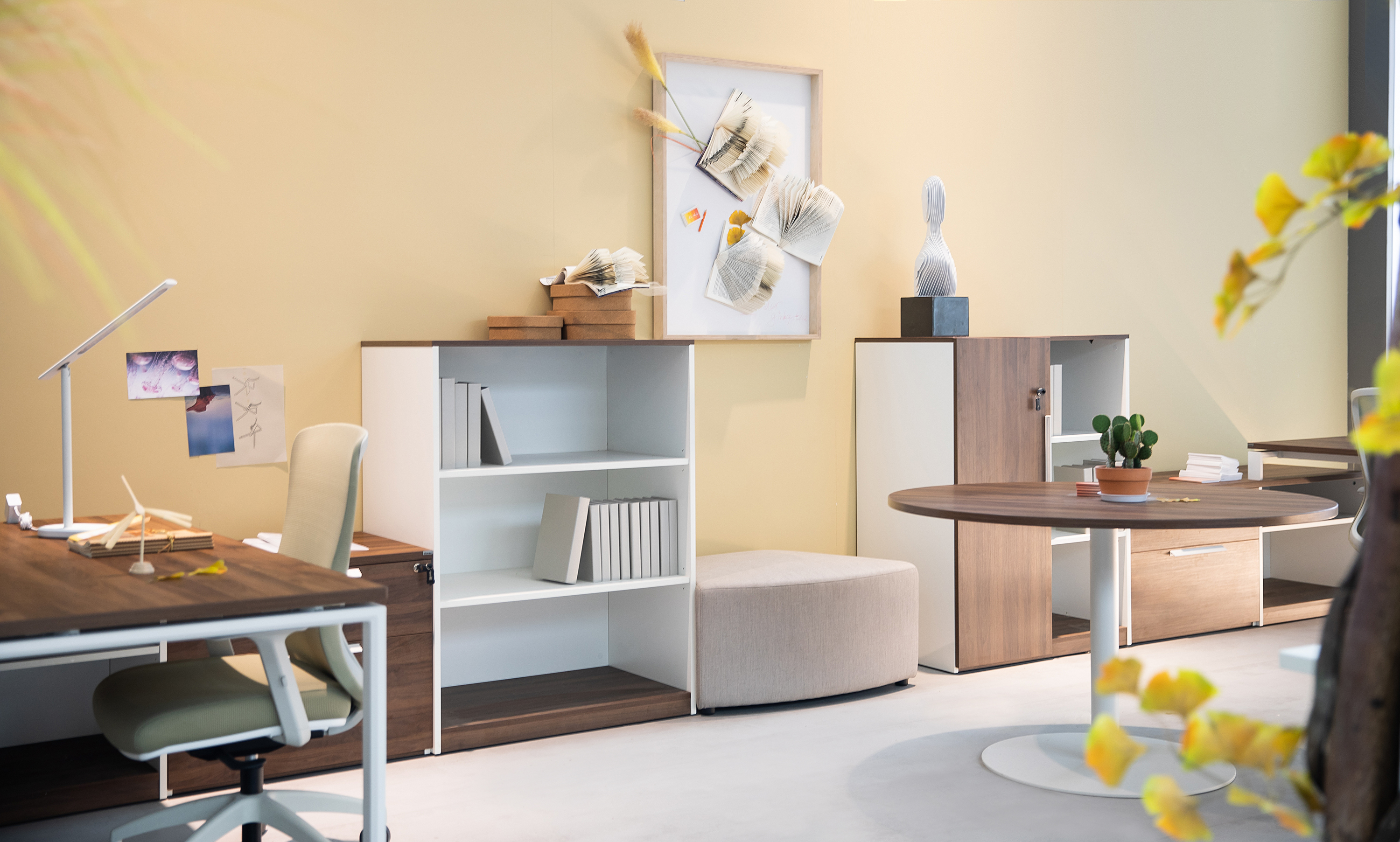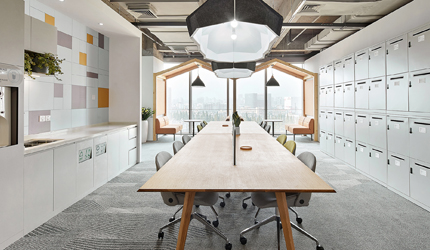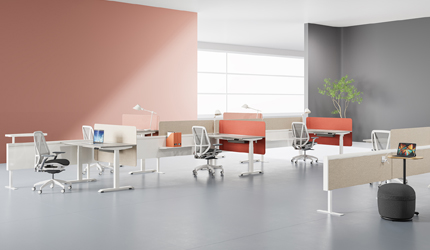
As businesses navigate a rapidly evolving work landscape, one truth has become increasingly clear: the traditional office is no longer just a place to work. It must now be a dynamic hub that balances digital efficiency with human connection, fostering both productivity and well-being. Employees and employers alike are recognizing that while technology has made work more flexible, it has also created new challenges—primarily around social engagement, mental health, and workplace culture. Moving forward, office design will need to address these concerns to create sustainable and effective work environments.
From Physical Presence to Digital Dominance
The way we work has undergone a fundamental shift. Digital interactions now surpass face-to-face communication, even within office settings. Virtual meetings and remote work have become the norm, offering employees flexibility and efficiency. However, this transition has also led to an unintended consequence: an increase in isolation and a decline in spontaneous collaboration. The loss of casual hallway conversations and impromptu brainstorming sessions can weaken workplace culture and reduce innovation.
Smart offices with AI-driven tools, seamless video conferencing setups, and digital collaboration platforms are becoming essential to bridge the gap between physical and remote work.
3. Biophilic and Sustainable Design
Bringing nature indoors through biophilic design—integrating plants, natural materials, and eco-friendly solutions—not only reduces stress but also aligns with sustainability goals. Employees and employers alike are demanding greener office solutions.
4. Focus on Social Connection
While digital tools keep teams connected virtually, companies are investing in physical spaces that promote casual interactions—coffee lounges, communal seating, and breakout zones designed to foster creativity and collaboration.
5. Employee-Centric Wellness Programs
Beyond ergonomic furniture, wellness-focused office design includes meditation areas, fitness zones, and quiet pods that help employees recharge during the workday.
The Road Ahead
The future of workspaces isn’t about choosing between digital and physical—it’s about integrating both in a way that supports employee engagement, innovation, and well-being. Companies that invest in **people-first office design** will build environments where employees don’t just work but thrive.
As we move forward, one thing is certain: the best offices will not be the ones with the most desks, but the ones with the most purpose.
Please leave your message here! We will send detailed technical info and quotation to you!



